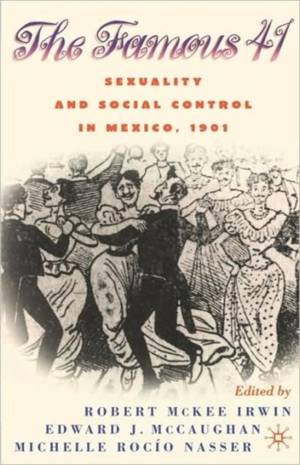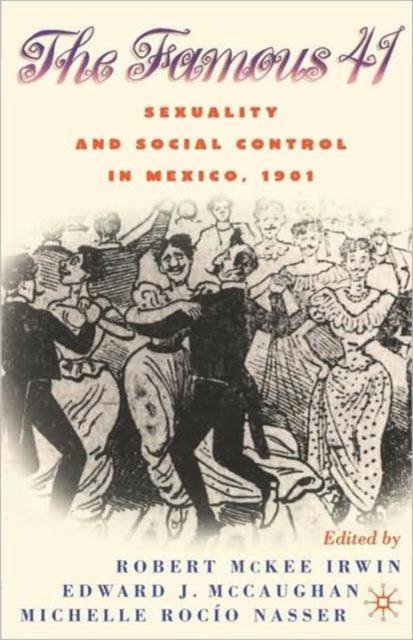
Je cadeautjes zeker op tijd in huis hebben voor de feestdagen? Kom langs in onze winkels en vind het perfecte geschenk!
- Afhalen na 1 uur in een winkel met voorraad
- Gratis thuislevering in België vanaf € 30
- Ruim aanbod met 7 miljoen producten
Je cadeautjes zeker op tijd in huis hebben voor de feestdagen? Kom langs in onze winkels en vind het perfecte geschenk!
- Afhalen na 1 uur in een winkel met voorraad
- Gratis thuislevering in België vanaf € 30
- Ruim aanbod met 7 miljoen producten
Zoeken
Centenary of the Famous 41
Sexuality and Social Control in Mexico,1901
€ 137,45
+ 274 punten
Omschrijving
On November 17, 1901, Mexico City police raided a private party and arrested 41 men, half of whom were dressed as women. Clandestine transvestite balls were not unheard of at this time, and a raid would not normally gain national attention. However, Mexican cultural trends in literature, art, the sciences, and in journalism were inciting an atmosphere of sexual curiosity that was in search of the right turn of events to ignite a discursive explosion and focus interest on what was not a new phenomenon, but what was about to become a new concept: homosexuality. The editors treat the "nefarious" ball as a cultural event in itself and have assembled pictures, including the famous engravings by Posada, and have translated part of an historical novel about the event. At the same time, they uncover the underworld in Mexico City with essays on prison conditions, criminology, mental health discourse, and working class masculinities to create a rare and comprehensive slice of Mexican history at the turn of the century.
Specificaties
Betrokkenen
- Uitgeverij:
Inhoud
- Aantal bladzijden:
- 311
- Taal:
- Engels
- Reeks:
Eigenschappen
- Productcode (EAN):
- 9781403960498
- Verschijningsdatum:
- 25/03/2003
- Uitvoering:
- Paperback
- Formaat:
- Trade paperback (VS)
- Afmetingen:
- 166 mm x 214 mm
- Gewicht:
- 367 g

Alleen bij Standaard Boekhandel
+ 274 punten op je klantenkaart van Standaard Boekhandel
Beoordelingen
We publiceren alleen reviews die voldoen aan de voorwaarden voor reviews. Bekijk onze voorwaarden voor reviews.








